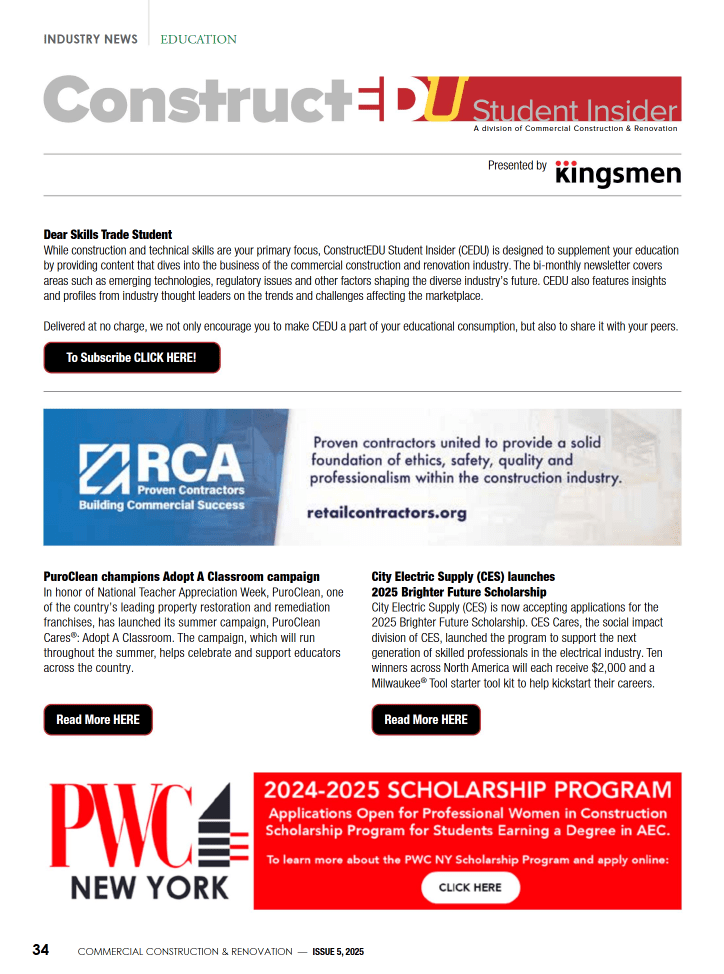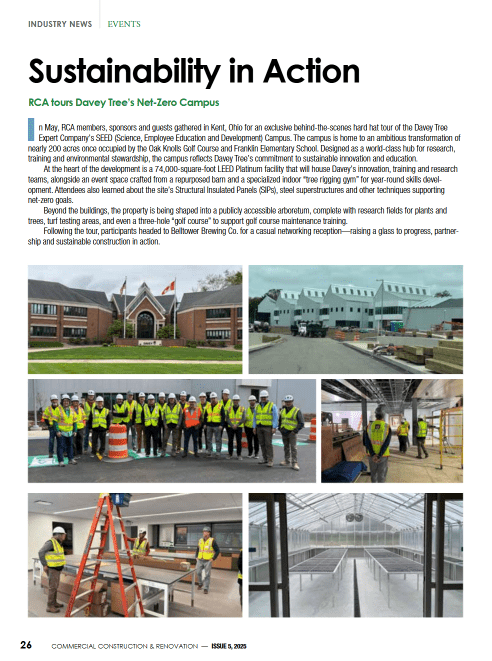Image Source: Pexels
The commercial real estate market is in an interesting position at the moment, with the fallout of the pandemic still being felt across the board.
This makes the current trends shaping supply and demand, as well as how commercial buildings are being used, more varied and meaningful than in more stable eras.
As 2023 draws near, it’s a great time to review the most influential elements holding sway over commercial real estate and establish their likely trajectory over the coming 12 months.
Revenues are predicted to fall, with various factors to blame
Wherever you look worldwide, real estate developers and investors are more pessimistic about likely revenues next year. What differs is the reason given for these concerns.
In countries like the US and Japan, high levels of inflation are at the top of the list of reasons behind this. With costs creeping upwards, and consumer confidence low, businesses can’t justify additional expenses associated with moving to larger premises or expanding their operations. As such, dips in the commercial real estate market are expected.
Elsewhere, including France, Canada and China, revenues are anticipated to take a hit as a result of stricter regulations put in place as a result of concerns over climate change. Given that eco-friendliness should be a priority in commercial construction, this is not a state of affairs that’s likely to change any time soon.
The rising cost of borrowing, with rates still significantly higher than in the last couple of years, is a near-universal concern. And globally it is the economy that poses the main threat to commercial real estate growth.
Changing employee expectations are changing development priorities
More commercial real estate developers will need to use platforms like northspyre.com in order to make data-driven decisions about projects in 2023, for the simple reason that expectations about what a workplace should offer have shifted dramatically since the COVID crisis struck.
It’s not just that more people are working remotely than before; it’s that those that do return to the office are eager to see the design of the modern commercial space reimagined to encompass changing working practices.
Whether that means dedicating more space to wellness and recreational activities, or rethinking layouts to ensure that people can feel safe and comfortable when sharing a building with hundreds or even thousands of other people, the old methods must be ditched. If not, companies that want to encourage employees back to on-site working arrangements will struggle.
Tech will enable savings and fuel innovation
The silver lining to the dark cloud hanging over commercial real estate is that businesses can hope to keep costs down and also pursue more innovative projects if they are willing to make investments in the technologies that are out there today.
Experts anticipate that cutting edge solutions and services, from automated analytics to blockchain-based smart contracts, will continue to disrupt the market and improve efficiency wherever they are adopted.
The only caveat is that an overly cautious market might mean that real estate operators miss out on these opportunities because they are too worried about maintaining short term stability, rather than looking at what they can do to shake things up as a means of moving forward.
Final thoughts
Because of the aforementioned volatility in both the commercial real estate market itself, and the wider state of play in the world today, predicting trends which will stick around for the long term is tricky.
However, when 2023 is underway, it’s safe to say that issues with revenues will abound, while the promise of tech and the opportunities to exceed client expectations will favor those firms that take chances.





























